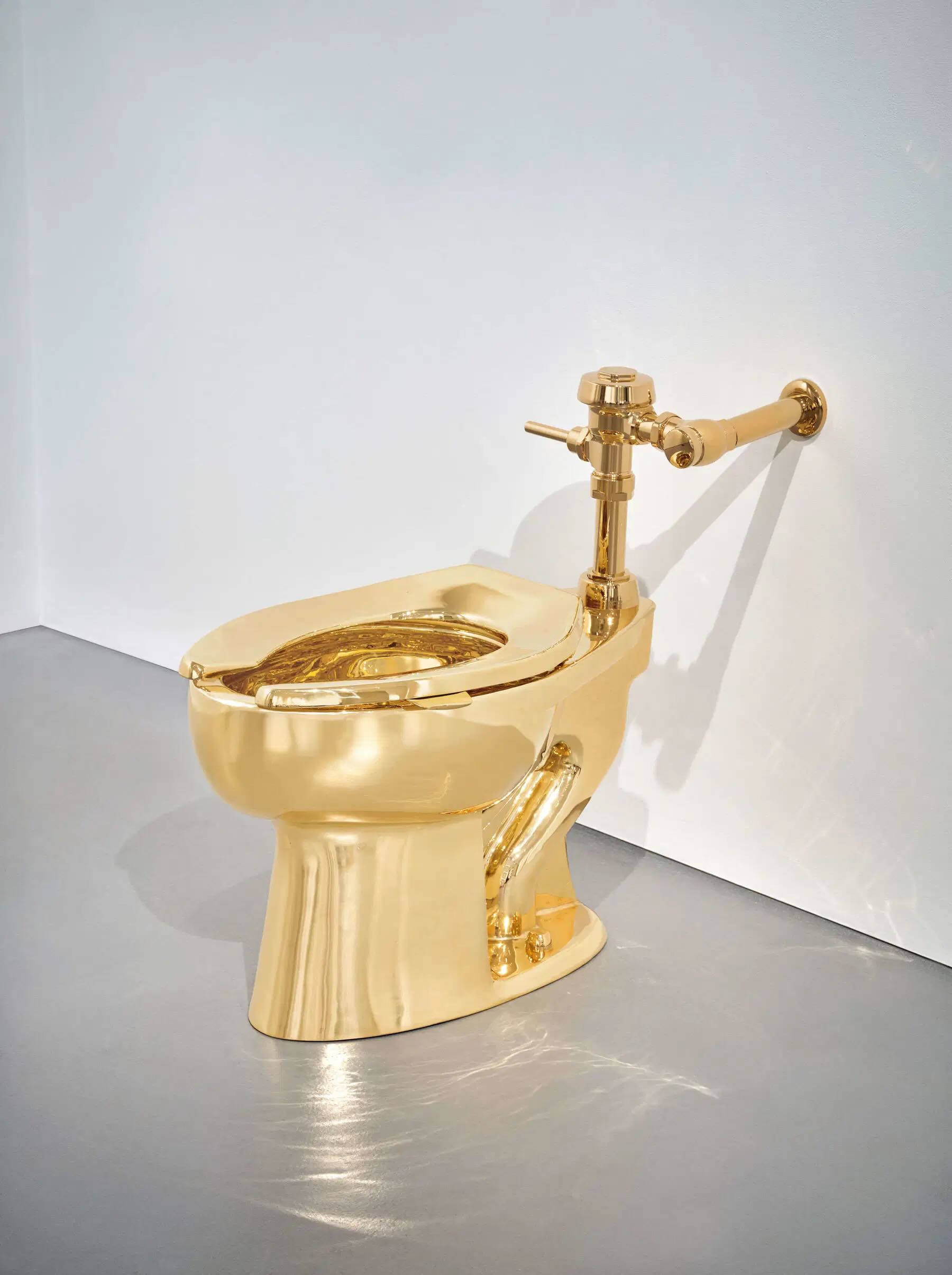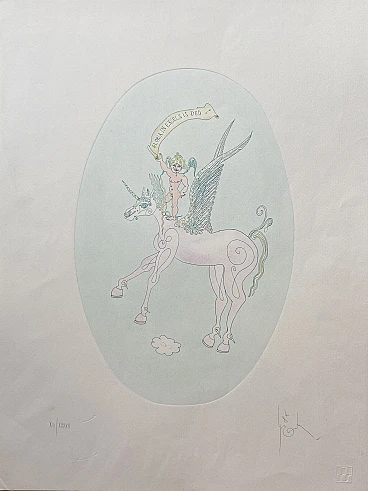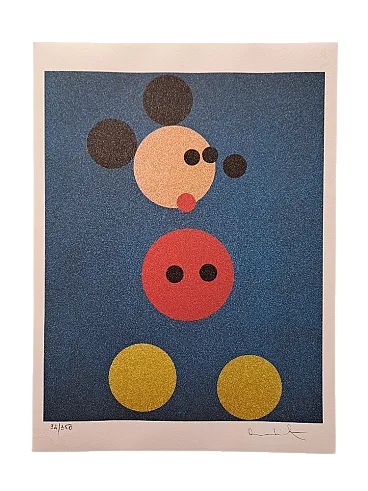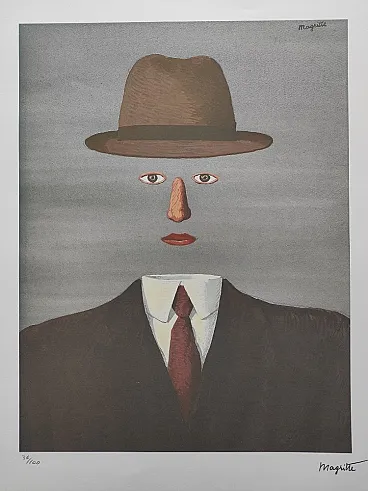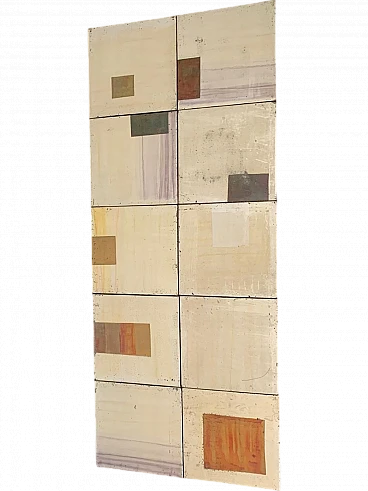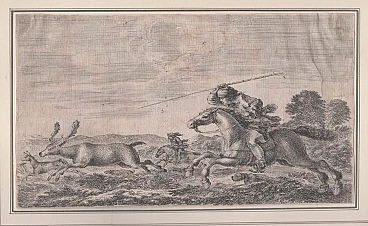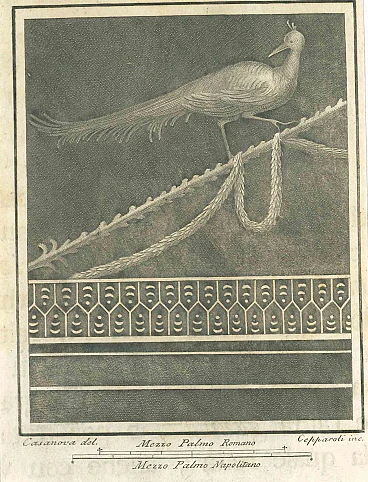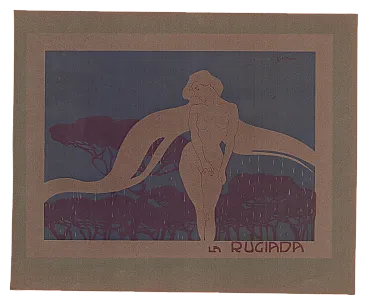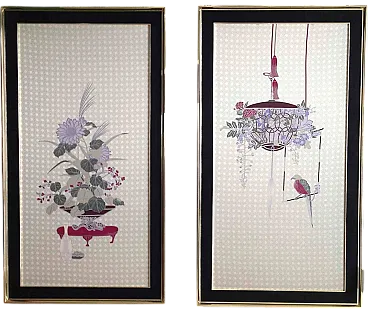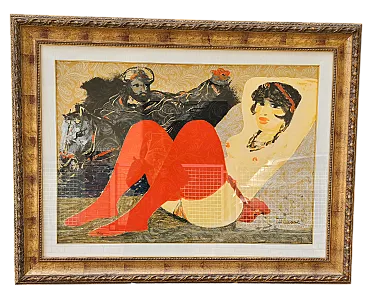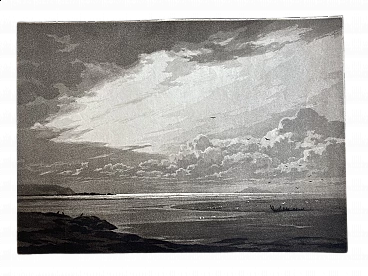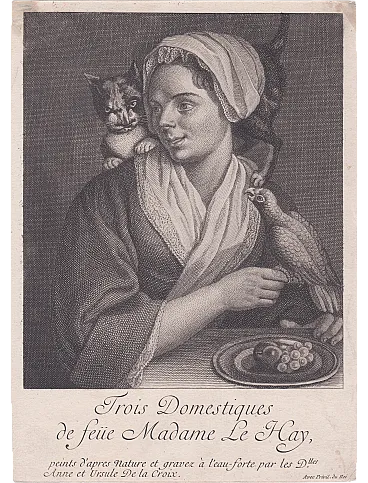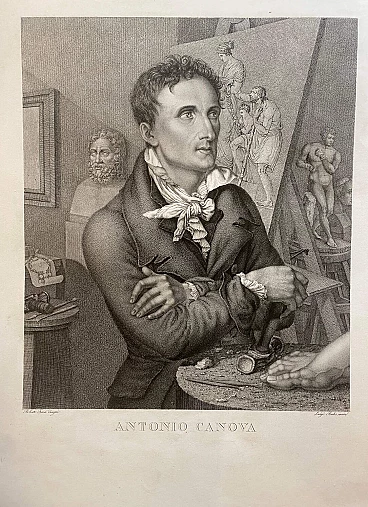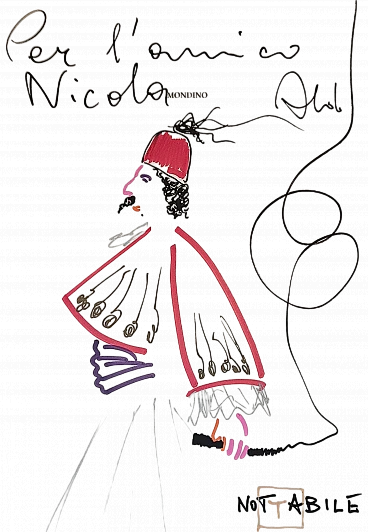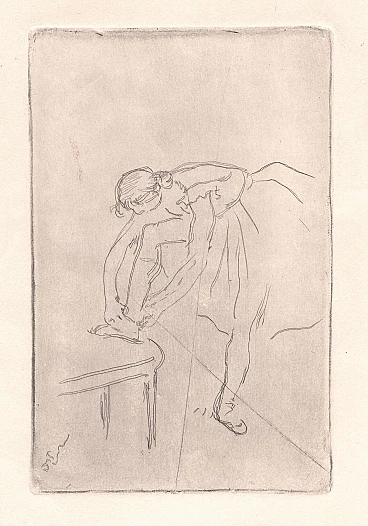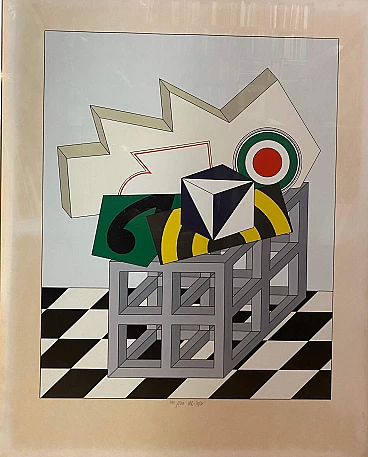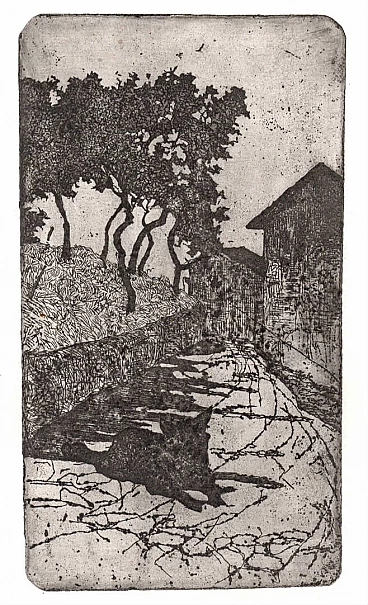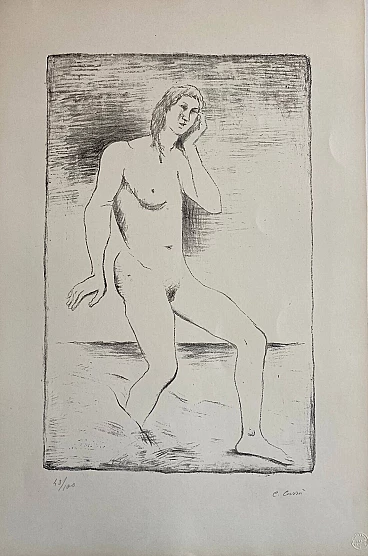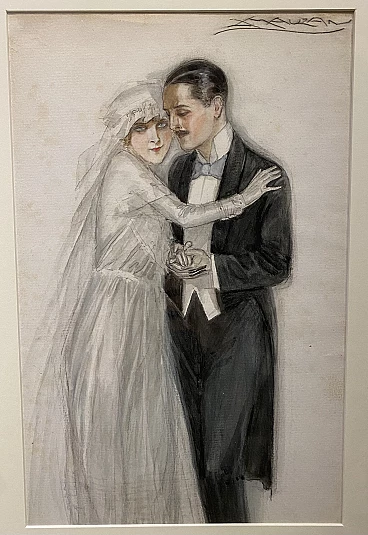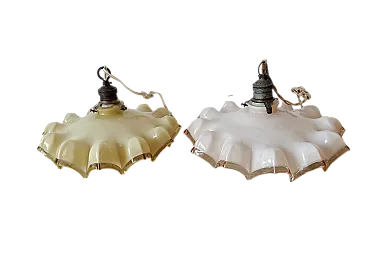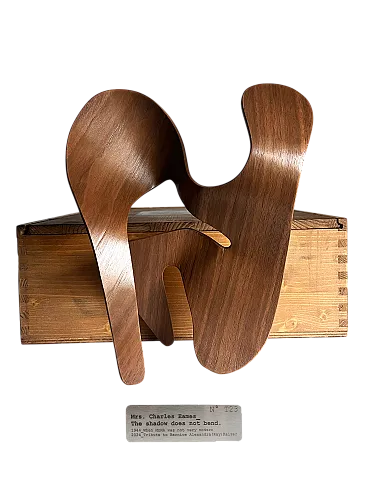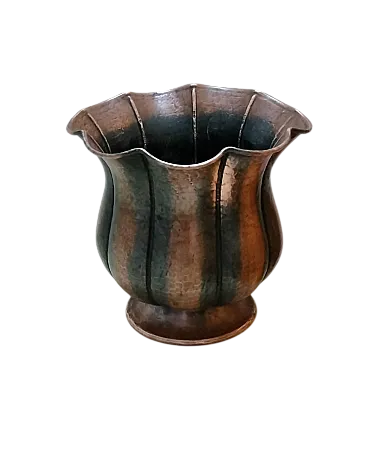Giulio Bonasone (Bologna 1498 - Rome 1580) Italian painter and engraver active in Bologna and Rome from 1531 to 1574. A prolific engraver, Malvasia (I, pp. 65-68) lists two hundred and fifty-five carvings, Bartsch records three hundred and fifty-four. The author tries to invent by translating into graphic language but, as he himself states, he only succeeds in imitating. Perhaps also because he chooses to remain faithful to the models of the great artists of the Italian Renaissance, such as Raphael, Michelangelo, Parmigianino and Giulio Romano, whom he transposes onto the plate. The subject is derived from a drawing by Perin Del Vaga (Florence, 1501 - Rome, 1547), which in turn was probably derived from an ancient bas-relief. Massari noted a similarity between the figure of the satyr to the right of Silenus and that of a satyr in a drawing in the British Museum. We see two clearly identifiable groups of characters in the spatial organisation and characterisation of the background: empty space in the centre, architectural on the left and natural on the right. According to legend, this depicts the moment when King Midas, after having chased the wise man Silenus through the bush in vain, finally stops him and declares himself his follower and admirer. He leads him back to Dionysus, who in return rewards him with the well-known power of turning what he touches into gold. On the left King Midas flanked by two men sees Silenus approaching, who, drunk, is supported by two satyrs. Behind them in the branches of the tree is a donkey. The skilful use of the burin defines the drapery of the clothing, the volumes of the bodies and the various expressions on the faces. Signature in plate, bottom centre: I.BONAHSO.F. Exemplar in the II/IV state, with the signature at the bottom and the burin marks coming out of the outline at the bottom left abraded. Of the 1st state, to be considered a working proof, only one specimen is known from Vienna. The engraving forms a pendant with another of the same format depicting Silenus on a donkey (TIB 88 (135), Massari 95). Excellent impression, intense blacks, perfectly preserved proof. Margins 2 mm beyond the plate, trimmed on the inside of the stop only on the lower side without the white band. Watermark: crossbow within a circle, similar to Briquet 750. Italy, c. 1550. Bibliography: Bartsch, 1813, XV, no. 89; Le Blanc, 1850, I, no. 152; TIB 89 (136); Massari I, p 79, no. 97.
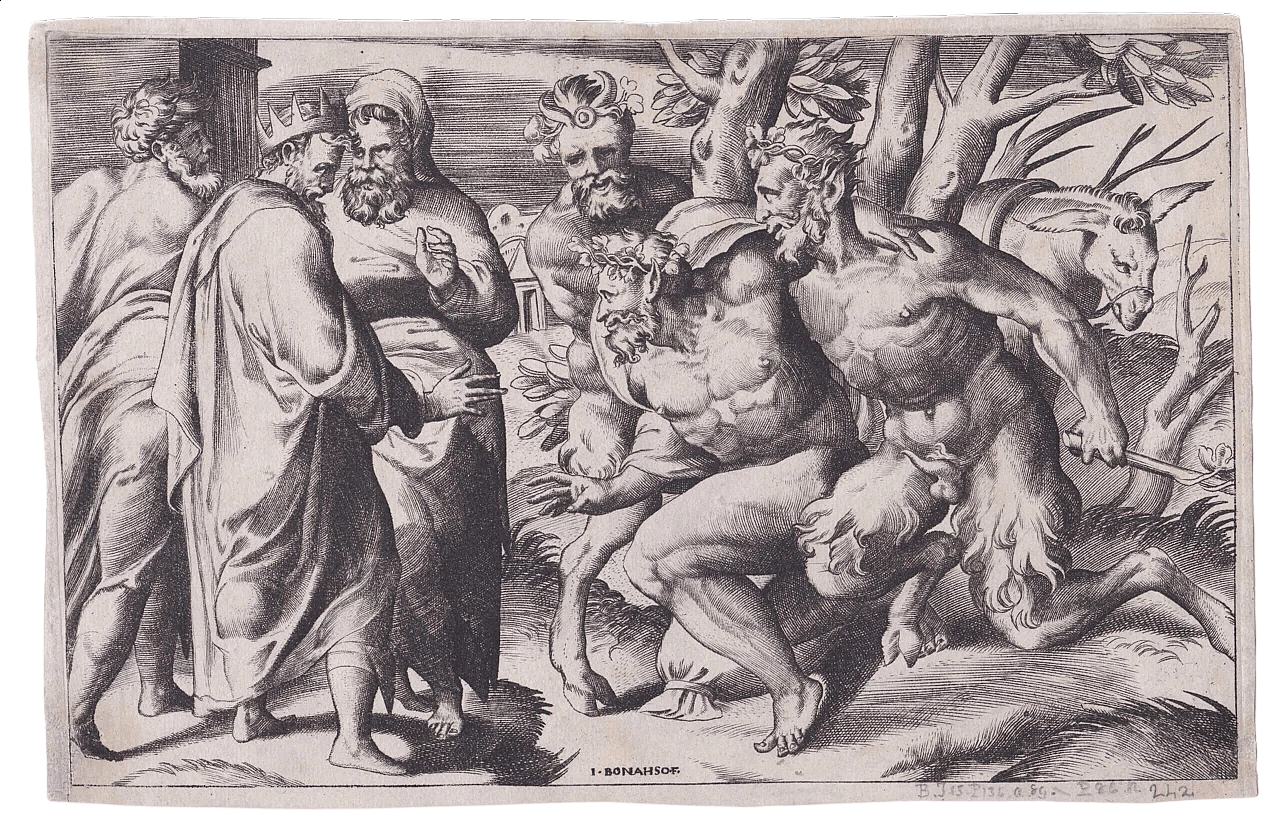
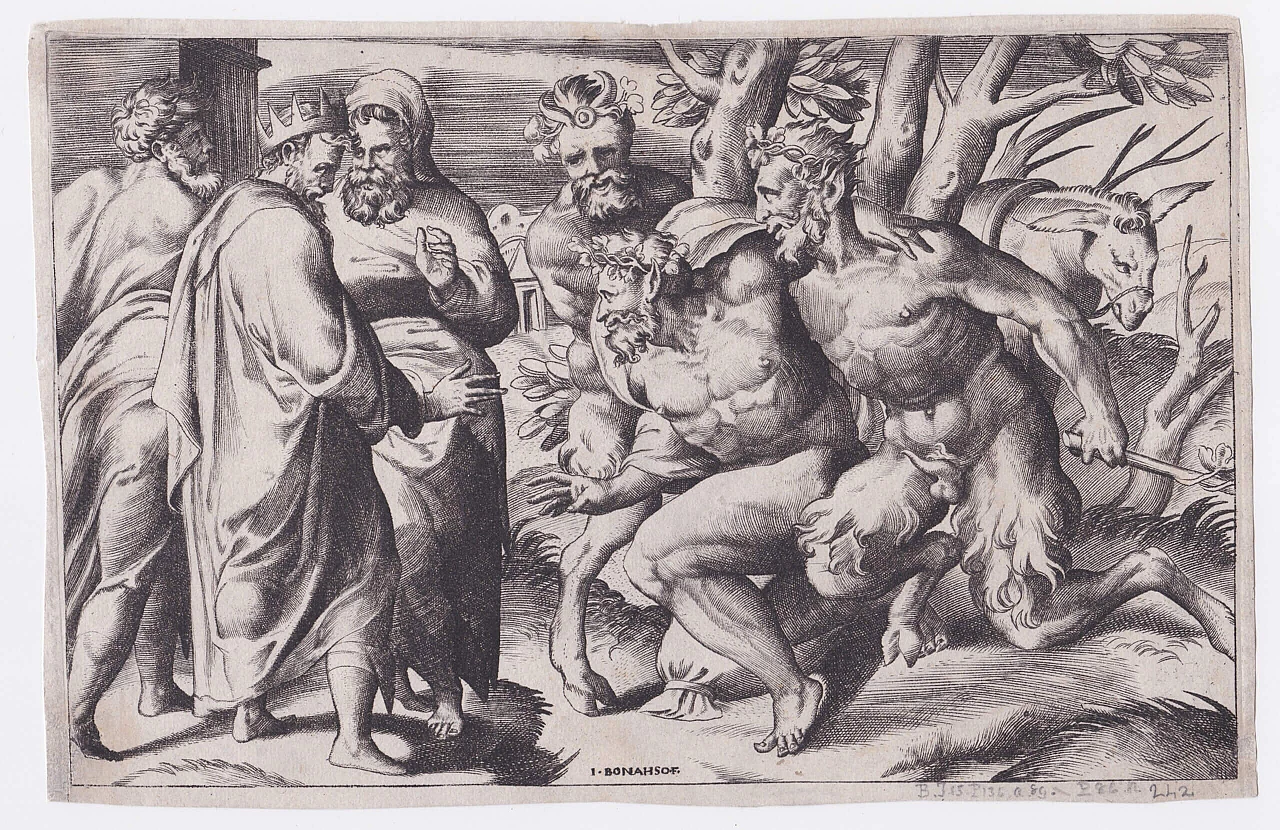
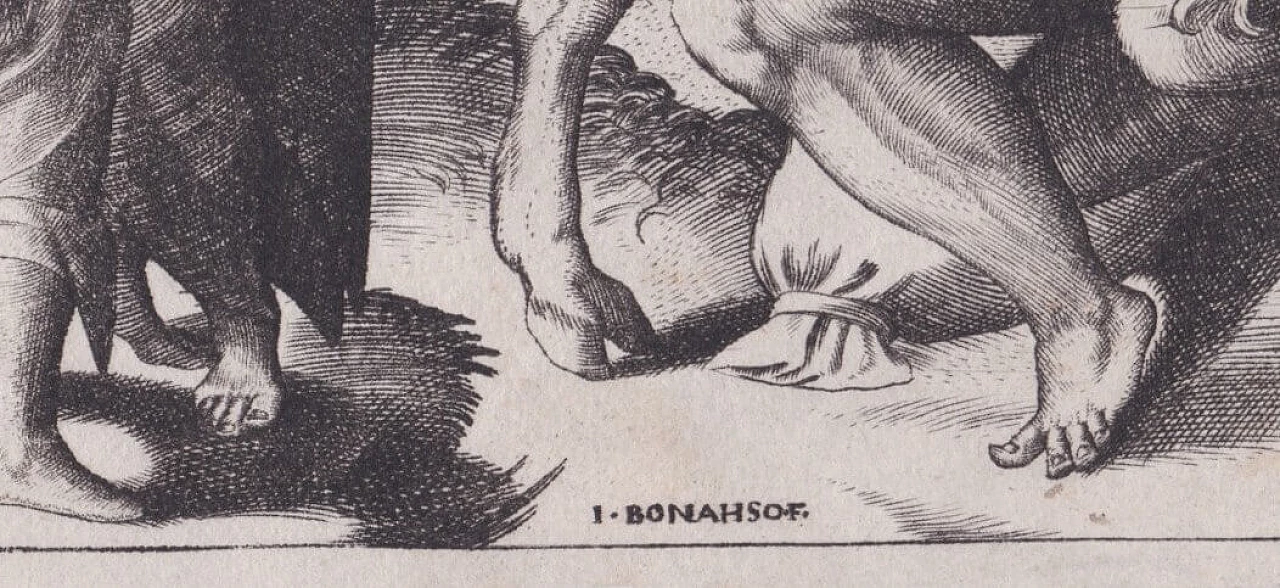
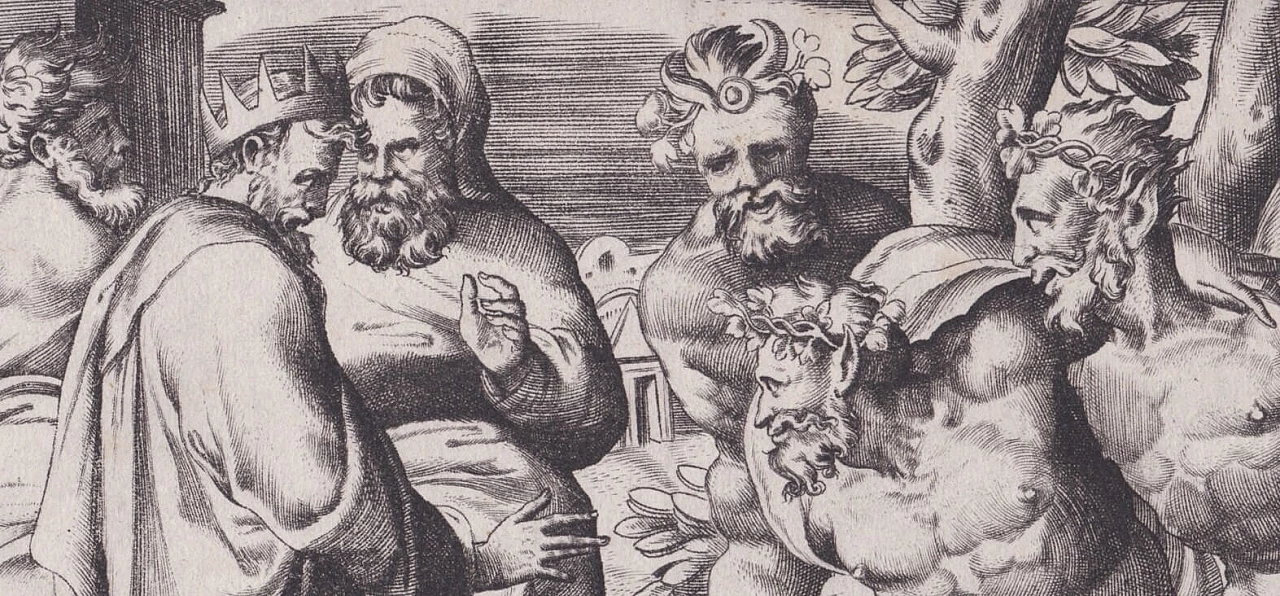
 SILVER Seller in Milano, Italy
SILVER Seller in Milano, Italy






.png)




